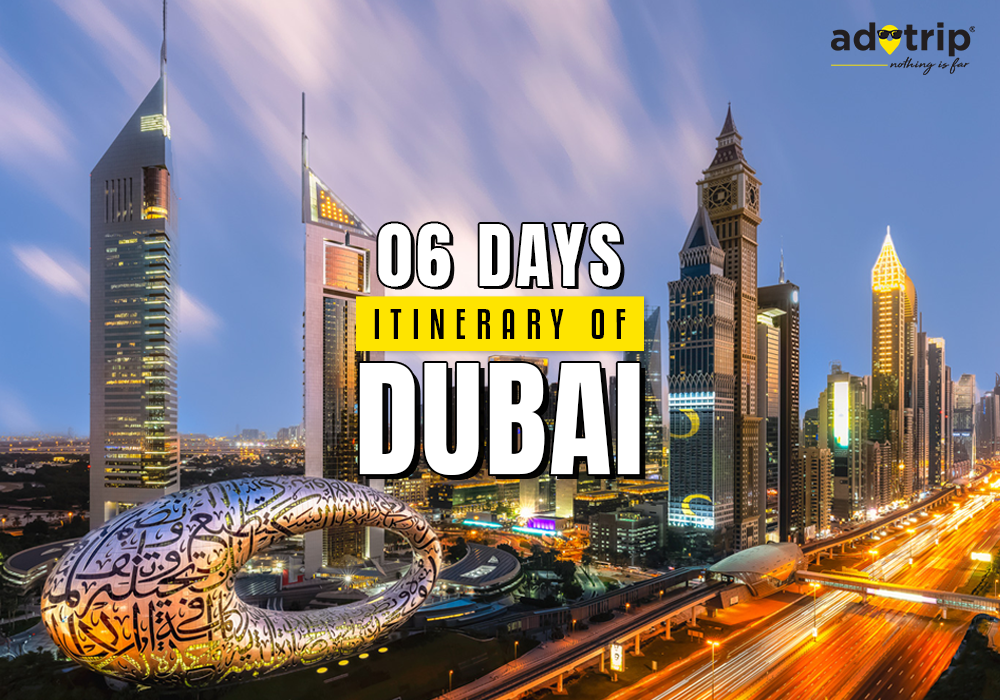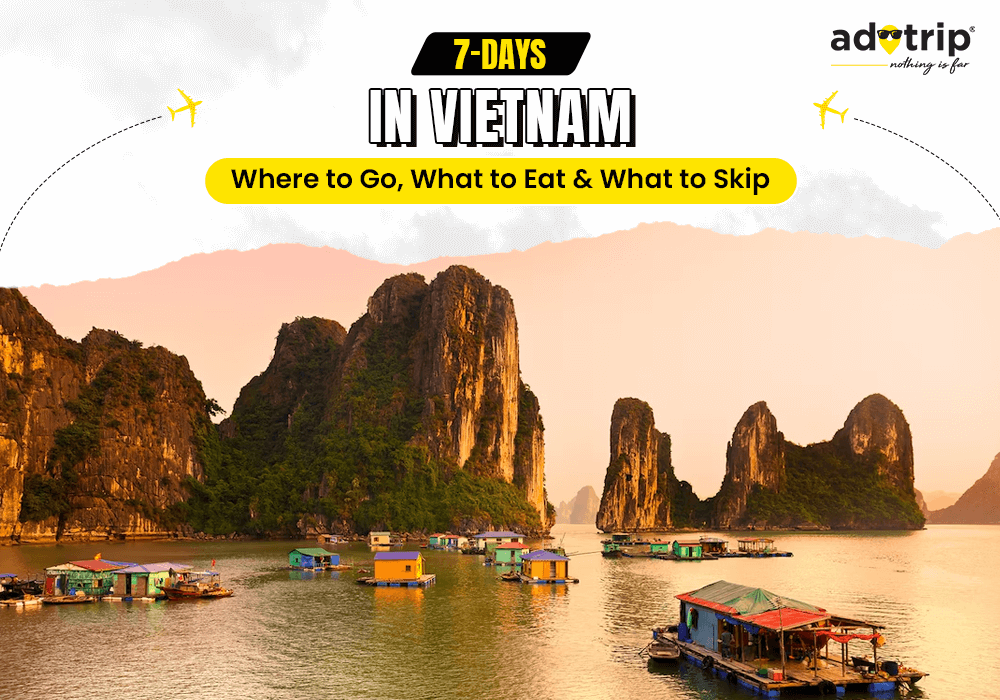
7 Days in Vietnam - Where to Go, What to Eat & What to Skip
Vietnam, a fascinating ancient country, offers a delightful mix of ancient heritage and youthful energy. It’s becoming increasingly popular among tourists for its myriad adventurous activities and immersive experiences. Many tourists often get trapped paying way too extra and being disappointed. Here’s a well-crafted Vietnam itinerary for 7 days, including important aspects like— Where to Go, What to Eat & What to Skip.
Day 1: Arrival in Hanoi – Old Quarter Charm & Street Food Heaven
Hanoi, Vietnam’s charming capital, is a delightful mix of ancient heritage and youthful energy. Wander through the bustling Old Quarter, where every corner bursts with history, colour, and street food aromas.
Where to Go in Hanoi:
Visit the following places to experience the true essence of Hanoi:
- Hoan Kiem Lake: A serene and scenic lake in the heart of Hanoi, surrounded by lush greenery and steeped in local legend.
- Ngoc Son Temple: A beautiful temple dedicated to Confucius and the island’s legend, accessible by a picturesque red bridge over Hoan Kiem Lake.
- Hanoi Old Quarter: A bustling, historic district filled with narrow streets, energetic markets, and colonial-era architecture, offering a glimpse into Hanoi’s rich past.
What to Eat in Hanoi:
In Hanoi, tourists must savour the following delicacies, which offer the perfect blend of bold flavours, cultural heritage, and authentic Vietnamese charm.
- Pho Bo (beef noodle soup) at Pho Gia Truyen: Savour the rich, aromatic flavours of traditional beef pho, served with tender meat and fresh herbs at a local Hanoi institution.
- Egg coffee at Cafe Giang: Indulge in Hanoi’s signature creamy egg coffee, blending smooth coffee with a frothy, sweetened egg yolk mixture for a unique treat.
- Banh mi at Banh Mi 25: Delight in a crispy, flavorful banh mi filled with a perfect combination of savoury meats, pickled vegetables, and fresh herbs, from one of Hanoi’s best vendors.
Here’s what you can skip in Hanoi:
Overpriced souvenir shops in the Old Quarter. You can rather look for locally made crafts for the best quality and deals.
Day 2: Ha Long Bay – A Cruise through Limestone Majesty
Ha Long Bay is a fascinating wonder of nature, with towering limestone islands rising dramatically from emerald waters. A boat cruise through its scenic waters reveals hidden caves, floating villages, and breathtaking panoramic views. It’s a must-see for every traveller seeking nature’s grandeur.
Where to Go in Ha Long Bay:
- Cruise through Ha Long Bay: Get ready for a scenic boat cruise through the gigantic limestone islands and emerald waters of Ha Long Bay.
- Explore caves like Sung Sot (Surprise Cave): Discover the breathtaking beauty of Sung Sot Cave, with its impressive chambers and striking rock formations.
- Kayak or bamboo boat in floating villages: Paddle through Ha Long Bay’s peaceful floating villages by kayak or bamboo boat, experiencing life on the water up close.
What to Eat in Ha Long Bay:
- Fresh grilled seafood on board, offering a delightful, savoury experience, enjoy the catch of the day while cruising on the water with stunning views.
- Vietnamese spring rolls (cha gio) during a cooking class
What to Skip in Ha Long Bay:
- One-day Ha Long tours from Hanoi – opt for an overnight cruise to truly experience the bay.
Read More : Tourist Places To Visit In Vietnam
Day 3: Ninh Binh – The ‘Inland Ha Long Bay’
Ninh Binh is a hidden gem where emerald rivers snake through dramatic limestone peaks, and time seems to slow down amidst lush, untouched landscapes. This destination offers a rare glimpse into Vietnam’s untouched, timeless essence.
Where to Go in Ninh Binh:
- Boat ride in Trang An or Tam Coc: A scenic, tranquil boat ride through limestone karsts and lush landscapes, exploring caves and floating past picturesque villages.
- Climb to the Mua Cave viewpoint: A rewarding hike up to a stunning viewpoint offering dramatic views of Ninh Binh's lush rice fields and dramatic limestone mountains.
- Visit the ancient capital of Hoa Lu: Step back in time as you explore the historic temples and ruins of Hoa Lu, the ancient capital of Vietnam during the 10th century.
What to Eat n Ninh Binh:
- Goat meat specialities (de nui), delicately tender and flavorful goat meat dishes, often grilled or stewed, offering a unique taste of local Vietnamese cuisine.
- Local crispy rice (com chay) is a crunchy, golden rice dish that’s typically served with savoury toppings or as a side, bringing a satisfying texture to every bite.
What to Skip in Ninh Binh:
Follow this and avoid paying extra!
- Skip riding the boats at peak mid-day hours — mornings or late afternoons offer better light and fewer crowds.
Day 4-5: Hoi An
Hoi An is a picturesque blend of history, charm, and vibrant culture, where narrow lantern-lit streets weave through ancient temples, colonial buildings, and bustling markets. It’s a place where every corner tells a story and every sunset feels like a celebration.
Day 4 is all about tailoring, temple tours & tranquillity
Where to Go:
- Japanese Covered Bridge: A historic, charming bridge in Hoi An, symbolising cultural exchange with its unique blend of Japanese and Vietnamese architecture.
- Ancient Town walking tour: A leisurely stroll through Hoi An’s well-preserved ancient streets, offering a glimpse into the city’s rich history and vibrant culture.
- Local custom tailoring shops: Renowned for expertly crafted, bespoke garments, these shops offer tailored clothing made to your exact measurements in just a few days.
What to Eat:
- Cao Lau noodles, which is a hearty noodle dish from Hoi An, featuring thick rice noodles, savoury pork, fresh herbs, and crispy croutons in a flavorful broth.
- White rose dumplings, which are the perfectly delicate, translucent dumplings filled with seasoned shrimp or pork, shaped like petals, and served with a sweet, savoury dipping sauce.
- Banh Xeo (crispy pancake), a dish that is a crunchy, golden pancake filled with shrimp, pork, bean sprouts, and herbs, typically enjoyed wrapped in lettuce and dipped in fish sauce.
What to Skip:
- Avoid rush-tailoring shops – opt for reputable, family-run tailors for the best quality and service.
Day 5 is all about cooking, cycling & the Beach escape
Where to Go:
- Morning cooking class with market tour: Start the day by exploring a local market, then learn to cook traditional Vietnamese dishes with expert guidance.
- Coconut boat ride in Bay Mau forest: Drift through the lush, tranquil canals of Bay Mau Forest in a unique coconut boat, surrounded by serene natural beauty.
- An Bang Beach for a peaceful sunset: Relax on the quiet shores of An Bang Beach, watching the sky change colours as the sun sets over the calm waters.
What to Eat:
- Enjoy the meal you’ve cooked during the class
- Fresh seafood at a beachside shack, offering a laid-back, flavourful dining experience with the catch of the day served just steps from the ocean.
What to Skip:
- Skip Cua Dai Beach – erosion has diminished its charm; instead, relax at the more scenic and tranquil An Bang Beach.
Day 6: Ho Chi Minh City – History Meets Hustle
Ho Chi Minh City, Vietnam’s energetic heartbeat, pulses with enthusiasm and charm, where modern skyscrapers sit alongside historical French colonial buildings. The city’s dynamic streets are alive with bustling markets, delicious street food, and the hum of motorbikes weaving through traffic. It’s a must-visit for any traveller seeking adventure, culture, and endless excitement!
Where to Go in Ho Chi Minh City:
Have a look at these not-to-be-missed destinations in Ho Chi Minh City:
- War Remnants Museum: A powerful, moving museum that chronicles Vietnam's wartime history through exhibits and artefacts.
- Reunification Palace: A historic landmark where the fall of Saigon marked the end of the Vietnam War, showcasing grand architecture and preserved rooms.
- Ben Thanh Market: A bustling, colourful market offering everything from fresh produce to local handicrafts and souvenirs, perfect for immersing in local culture.
What to Eat in Ho Chi Minh City:
When in Ho Chi Minh City, you must try the following lip-smacking delicacies:
- Bun Thit Nuong (Grilled Pork with Vermicelli), which offers a refreshing hint of grilled, tender pork served atop a bed of vermicelli noodles, topped with fresh herbs, crispy peanuts, and a tangy fish sauce dressing.
- Com Tam (Broken Rice), a truly flavorful, aromatic dish of broken rice typically served with grilled pork. It's often paired with eggs, pickled vegetables, and fried shallots for added depth.
- Sugarcane Juice, a perfectly sweet, refreshing drink made from freshly pressed sugarcane, is often served chilled with a hint of lime, offering a natural, revitalising taste.
What to Skip in Ho Chi Minh City:
Here’s what you must skip to avoid overpaying or getting scammed.
- Skip buying from the first stall at Ben Thanh, as the prices are inflated; always bargain or explore deeper.
Day 7: Mekong Delta – Life on the Water
The Mekong Delta is a serene yet wonderful fusion of winding rivers, lush landscapes, and floating villages that feel like stepping into another world. With its unique way of life and untouched natural beauty, the Mekong Delta offers an immersive, peaceful escape, making it an essential stop for any traveller seeking authentic Vietnam at its heart.
Where to Go in the Mekong Delta:
Here’s how you can make the most of your Mekong Delta experience! Visit the following places and capture the essence of their wonderful offerings.
- Ben Tre or Cai Be (day trip): A peaceful getaway where you can explore the Mekong Delta’s charming waterways and traditional villages.
- Boat cruise, coconut candy workshop, village lunch: Glide through lush canals, watch coconut candy being made by hand, and enjoy a delicious, authentic meal in a local village.
- Bicycle ride through local orchards: Pedal through colourful orchards, soaking in the scenic beauty and tasting fresh tropical fruits along the way.
What to Eat in the Mekong Delta:
- Don’t miss out on trying the following dishes, taking you to a world of rich flavours, cultural stories, and unforgettable culinary delights.
- Elephant ear fish, served fresh and whole, offers a crispy, tender texture and a delightful, mild flavour that perfectly captures the essence of Mekong Delta cuisine.
- Local fruits and sticky rice offer a sweet, fragrant combination, with the soft, chewy rice complementing the vibrant, tropical flavours of the fresh fruits.
What to Skip in the Mekong Delta:
- Avoid overly commercial “touristy” floating markets like Cai Rang; opt for more authentic experiences in smaller villages.
Travel Tips for Vietnam That Every Traveller Must Know
Tip 1: Book Late Timings for Departure
If flying out of Ho Chi Minh City, book a late-night flight so you can relax or grab a final bowl of pho before heading home.
Tip 2: Get a Local SIM Card
Buying a SIM card at the airport (Viettel, Vinaphone, or Mobifone) gives you cheap data and connectivity throughout your trip, ideal for Google Maps, Grab (ride-hailing), and translations.
Tip 3: Use Grab for Transportation
Instead of haggling with taxi drivers, use the Grab app (Vietnam’s Uber). It's affordable, reliable, and available in most cities.
Tip 4: Always Carry Small Cash
Many street vendors and local cafes only accept cash, and they often can’t break large bills. Keep smaller denominations for smooth transactions.
Tip 5: Learn a Few Vietnamese Phrases
A simple “Xin chào” (hello) or “Cảm ơn” (thank you) goes a long way in making locals smile. Most people appreciate the effort.
Tip 6: Watch Out for Street Crossing
Traffic can be chaotic, especially in Hanoi and Saigon. Walk slowly and confidently, and let vehicles flow around you- do not run or stop abruptly.
Tip 7: Dress Respectfully at Temples
When visiting pagodas and temples, cover your shoulders and knees. Light scarves or wraps are handy and respectful in spiritual spaces.
Tip 8: Avoid Tap Water
Drink only bottled or filtered water and skip ice in drinks unless you’re sure it’s made from clean water. Also, brush your teeth with bottled water in rural areas.
So, are you ready for a fun and action-packed Vietnam vacation? Let us create a personalised itinerary just for you, packed with unforgettable moments and completely worry-free!
Click Here to Get Your Perfectly Personalised Vietnam Itinerary— Time to explore beyond the usual!
Book 7 Nights Vietnam Luxury Tour Package
Frequently Asked Questions
Q1. What must I eat in Vietnam?
Ans. Don’t miss iconic dishes like pho, banh mi, fresh spring rolls, and bun cha for an authentic taste of Vietnam.
Q2. How to avoid getting sick in Vietnam?
Ans. Drink bottled water, eat at clean, busy food spots, and avoid raw or undercooked street food.
Q3. Which part of Vietnam has the best food?
Ans. Hanoi and Ho Chi Minh City both shine, but central Vietnam—especially Hoi An—is famous for unique regional flavours.
Q4. Which is the best part of Vietnam for first-timers?
Ans. Northern Vietnam is perfect, combining Hanoi’s charm, Ha Long Bay’s beauty, and cultural depth in Sapa and Ninh Binh.
Trending Itinerary

Singapore 5 Days Itinerary - Get Top Travel Tips and Sightse...
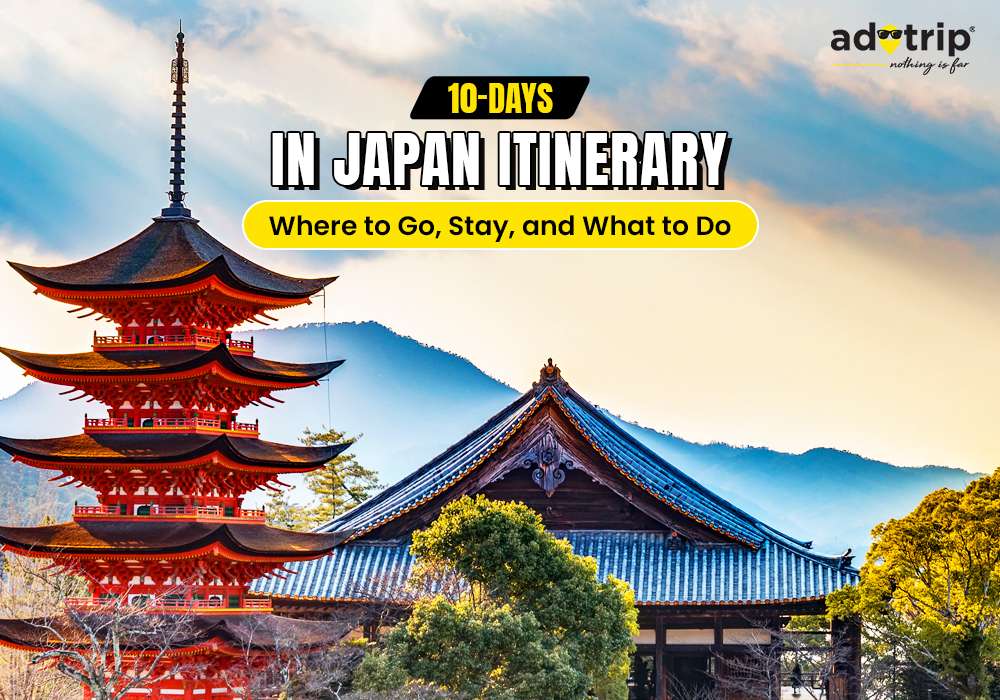
10 Days in Japan Itinerary - Where to Go, Stay, and What to...
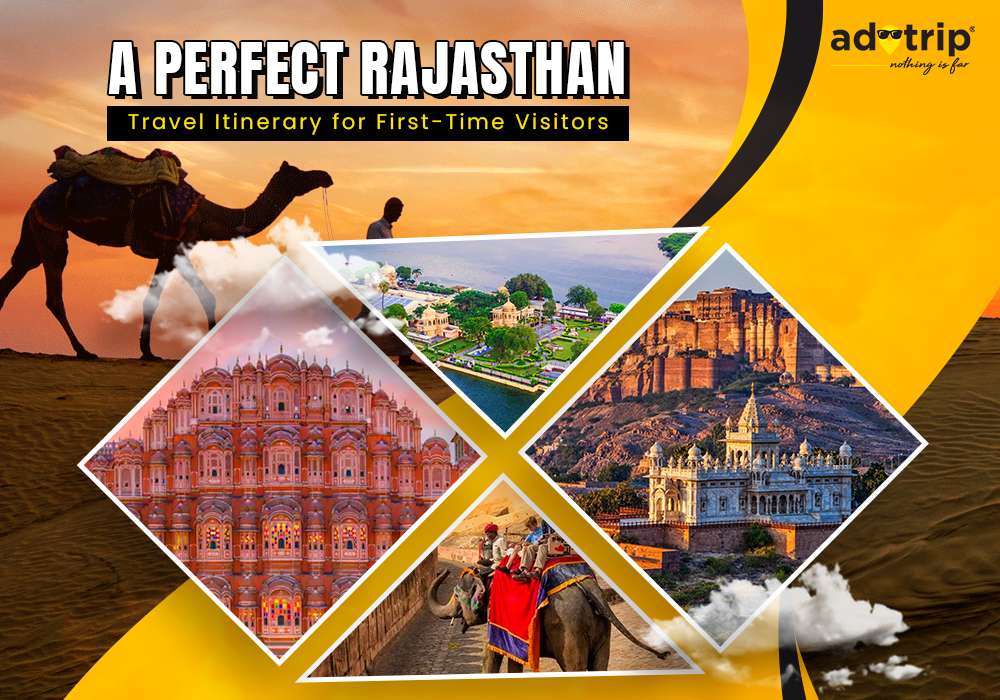
10 Days Perfect Rajasthan Travel Itinerary for First - Time...
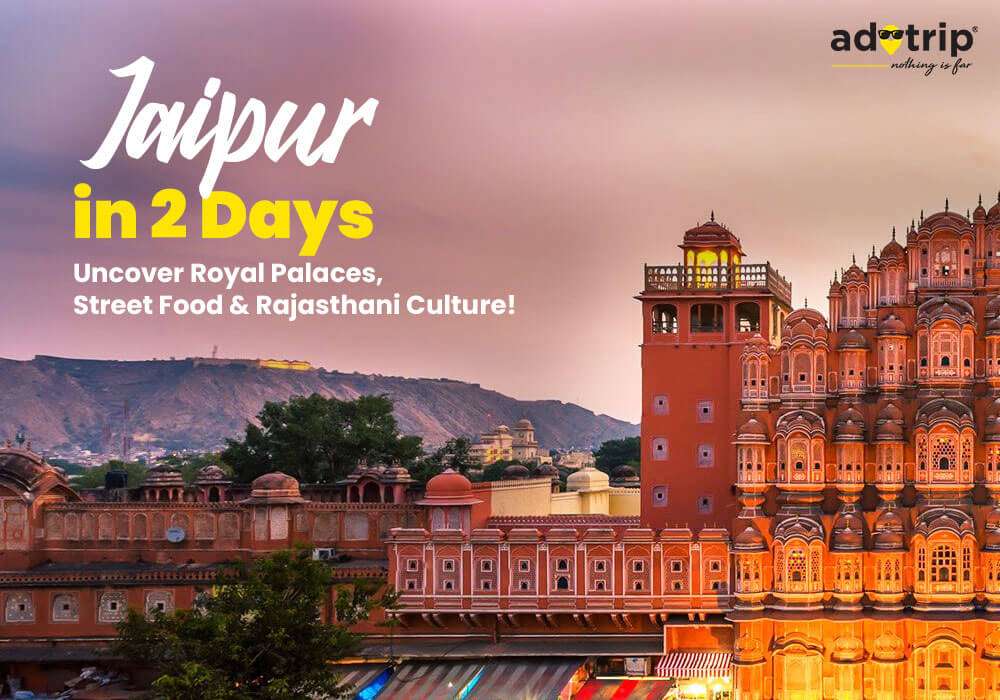
2 Days Itinerary for Jaipur - Must See Places, Food & Cultur...
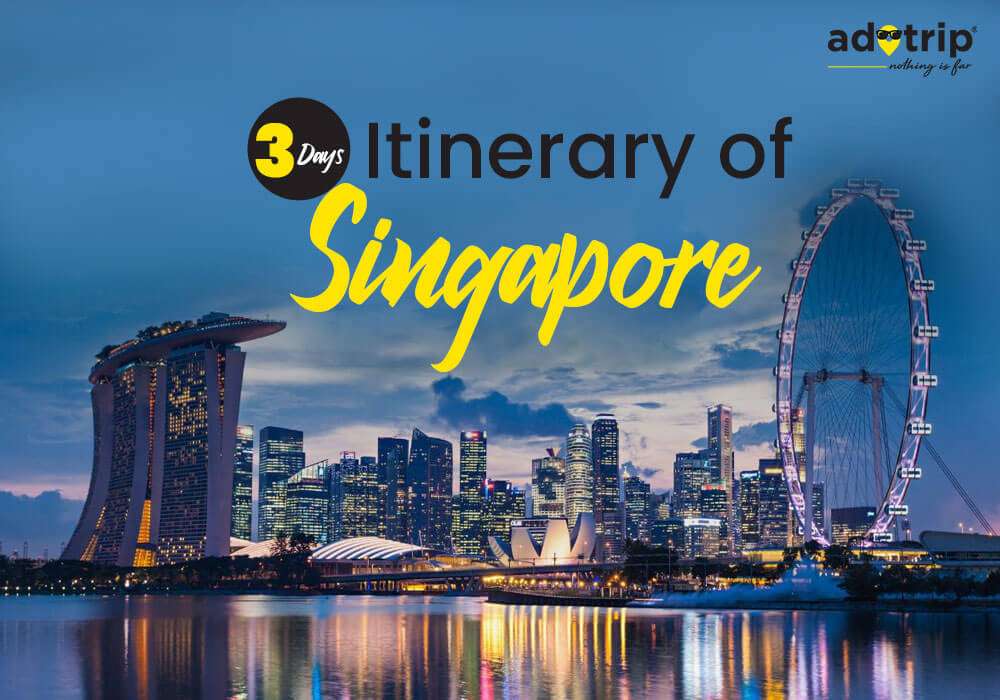
3 Days Itinerary of Singapore | Where to go & What to Eat
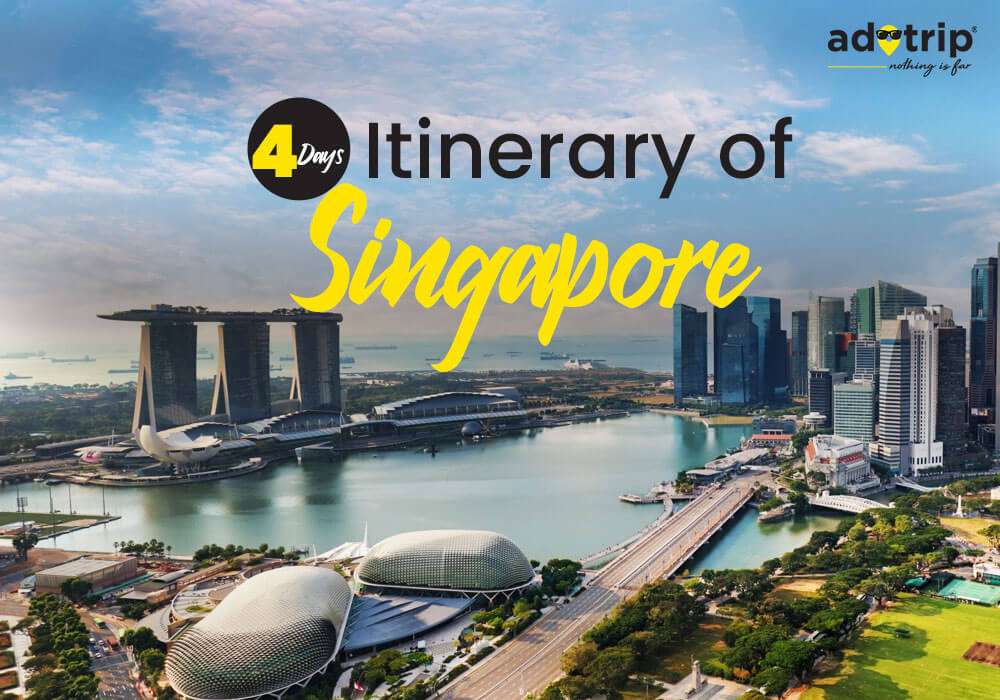
4 Days Itinerary of Singapore | Where to Go & What to Eat
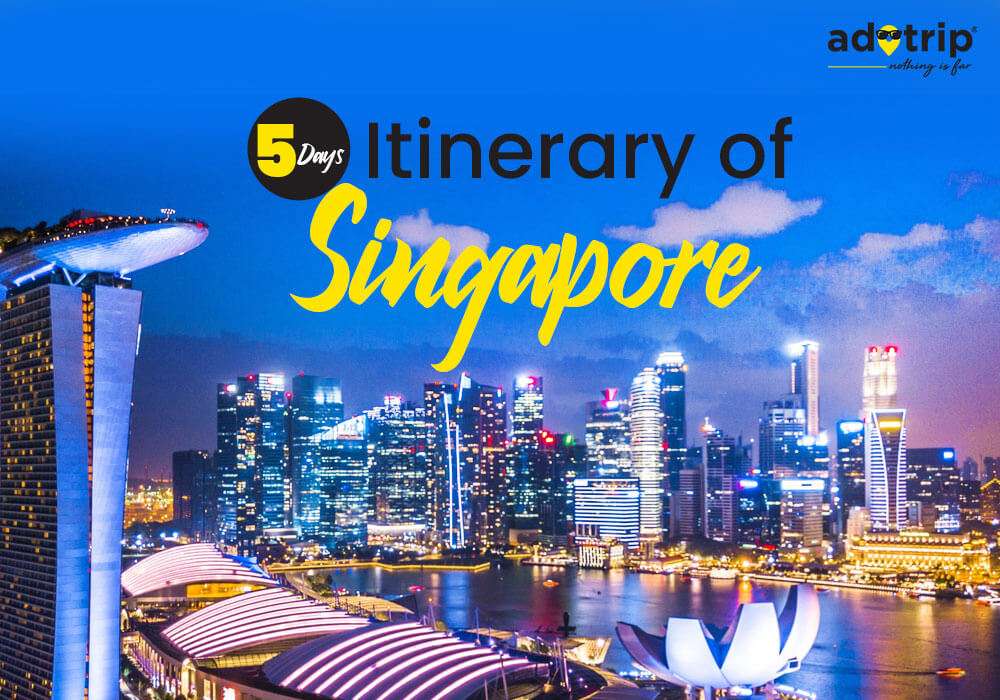
5 Days Itinerary of Singapore | Where to Go & What to Eat
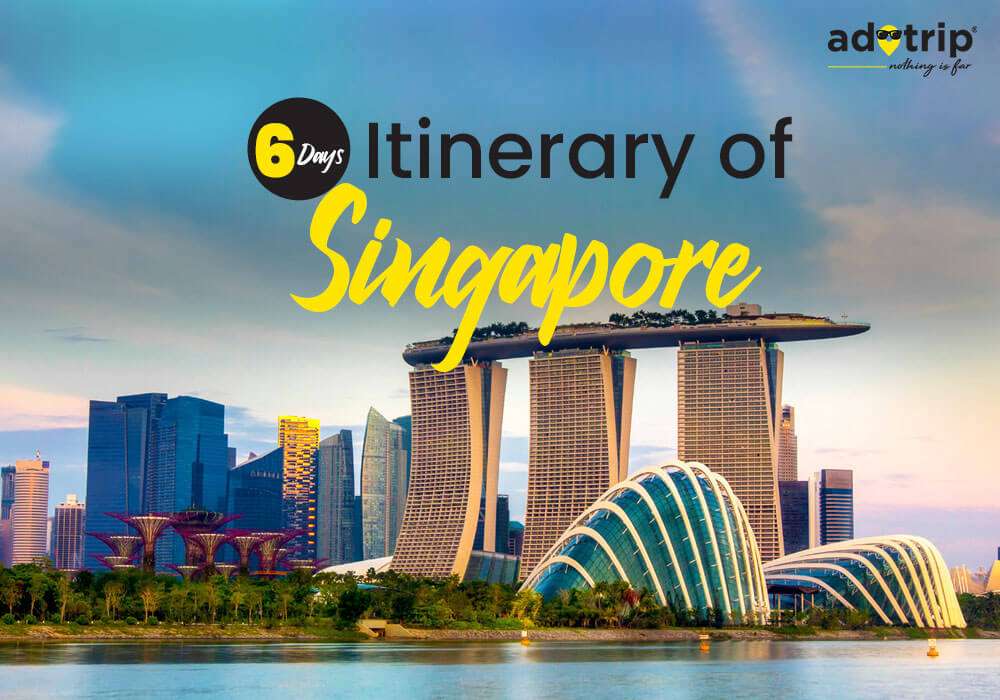
6 Days Itinerary of Singapore | Where to Go & What to Eat
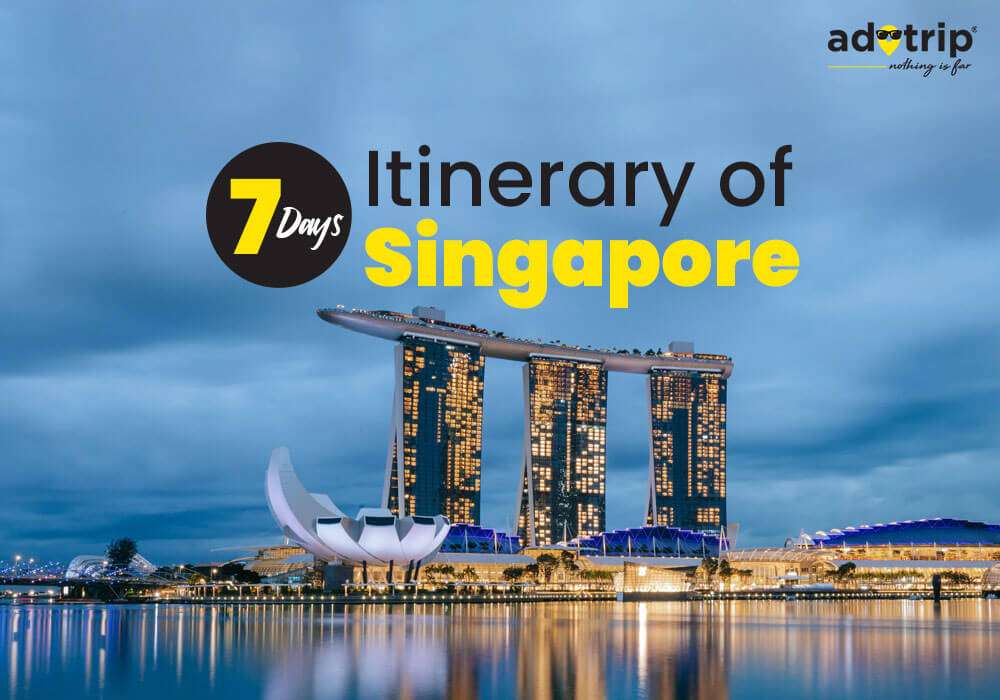
7 Days Itinerary of Singapore - Where to Go, Stay, and What...
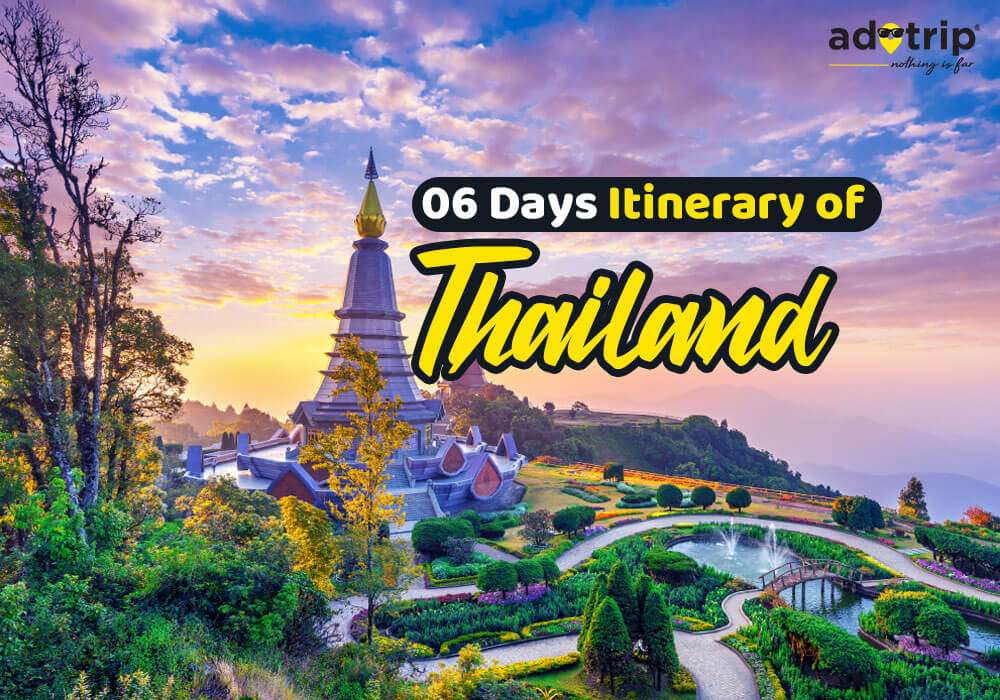
6 Days Itinerary of Thailand - Where to Go & What to Eat
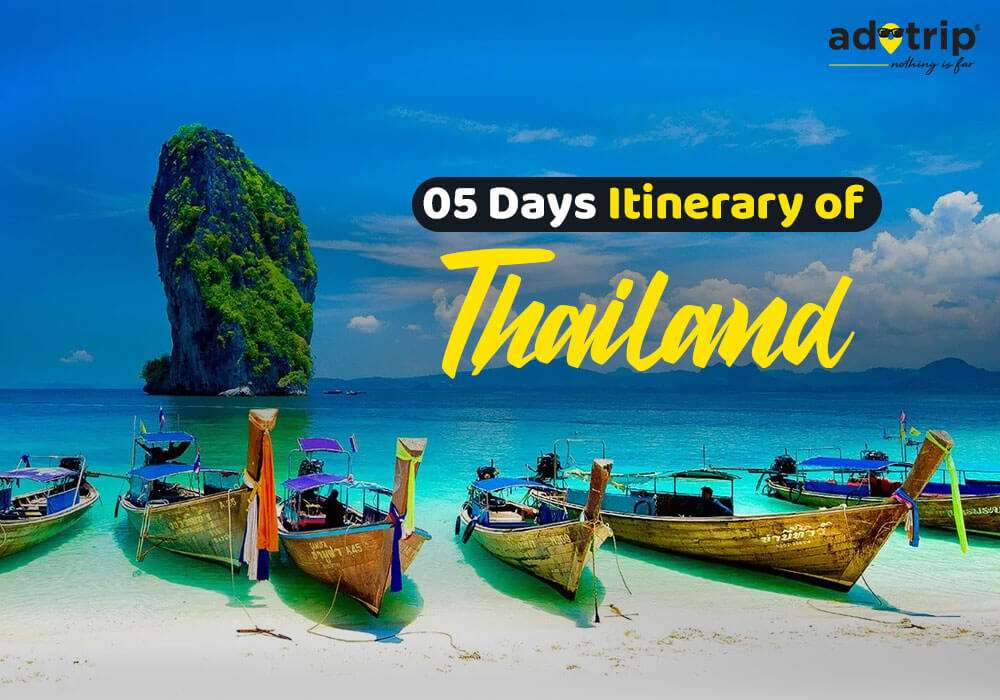
5 Days Itinerary of Thailand - Where to Go & What to Eat
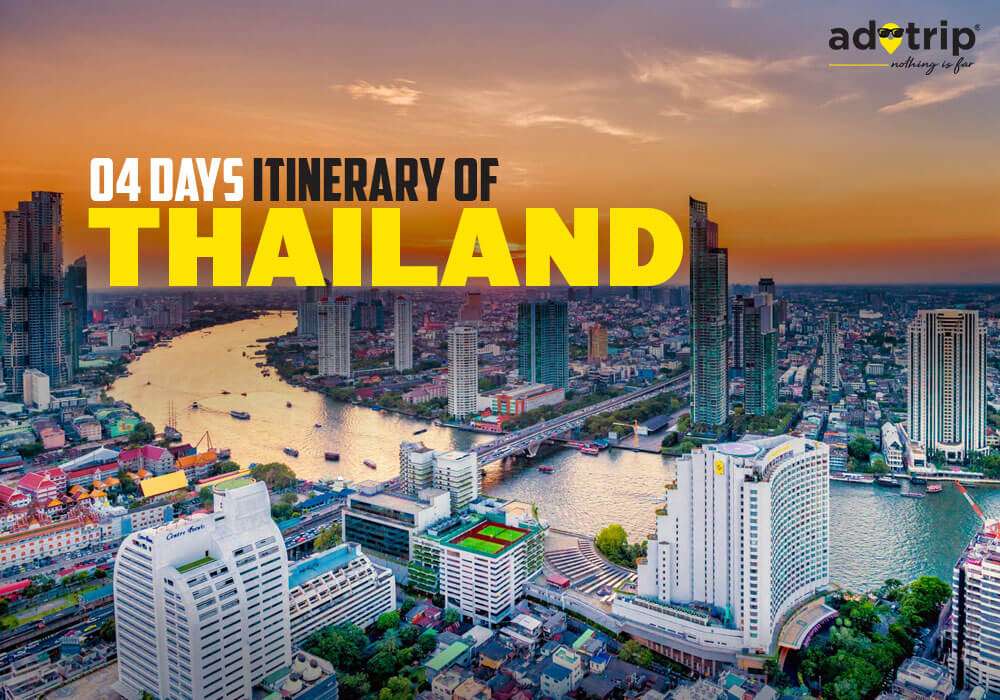
4 Days Itinerary of Thailand - Where to Go & What to Eat
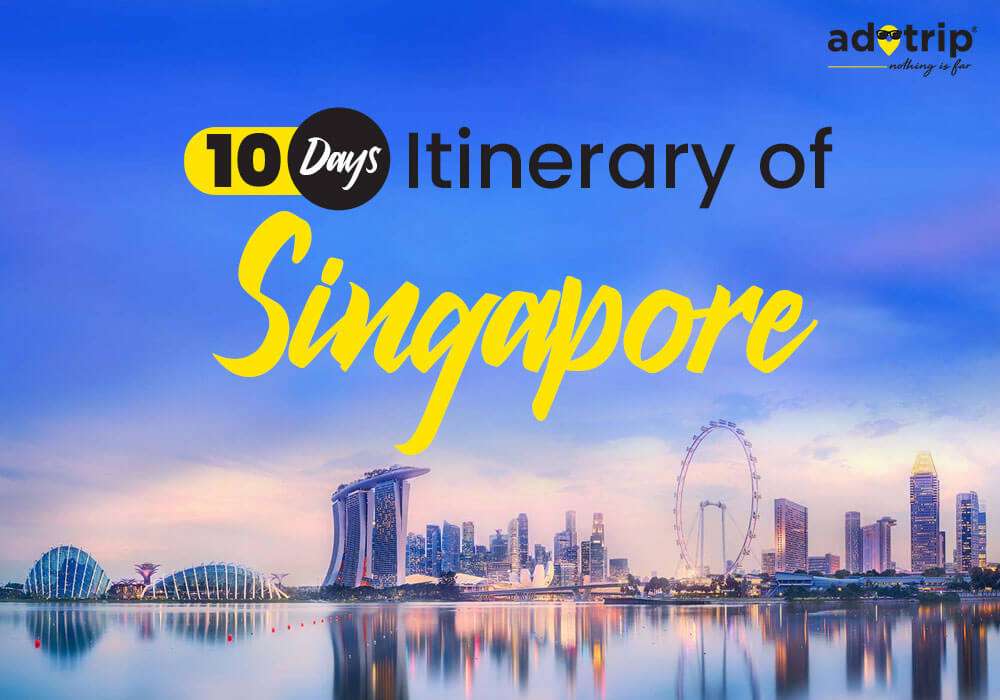
10 Days Itinerary of Singapore - Where to Go & What to Eat
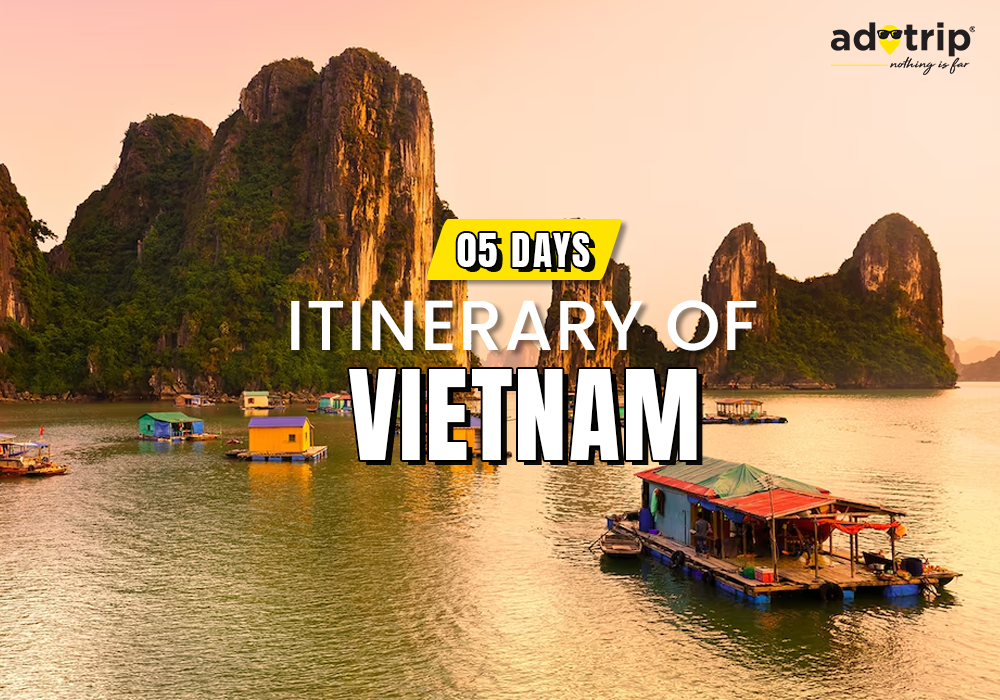
5 Days Itinerary of Vietnam - Where to Go & What to Eat
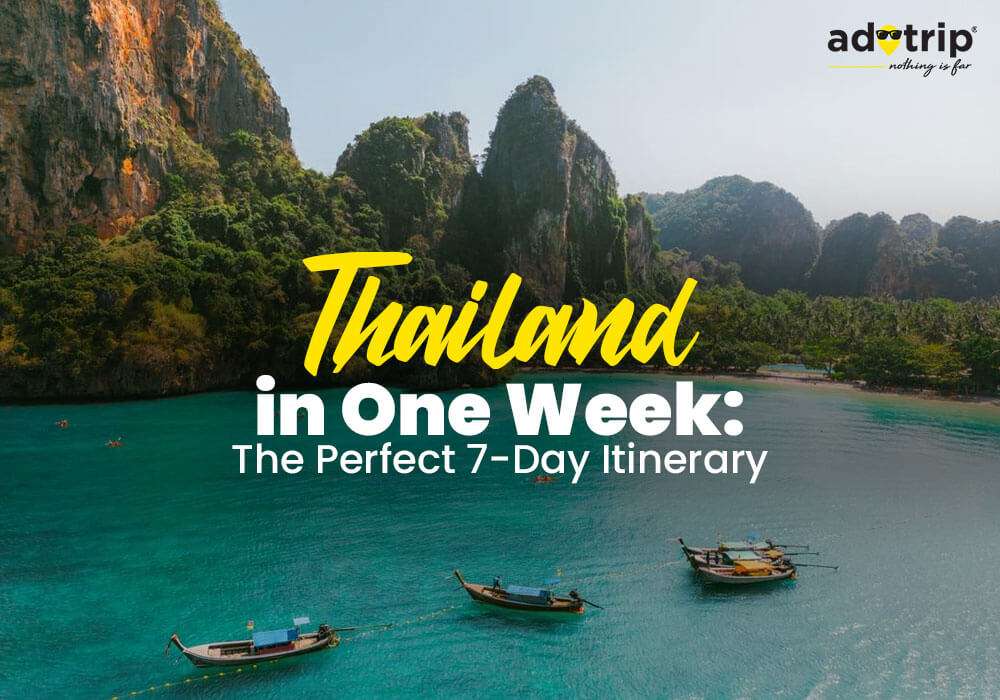
Best 7 Days Itinerary of Thailand - Where to Go & What to Ea...
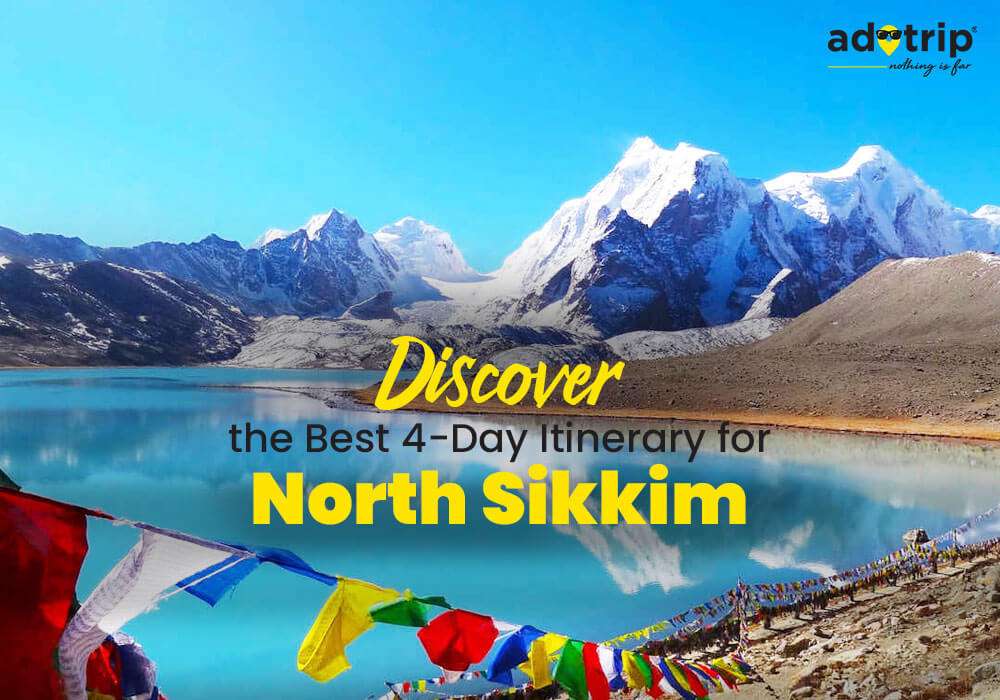
Best 4 Days Itinerary for North Sikkim - Where to Go & What...
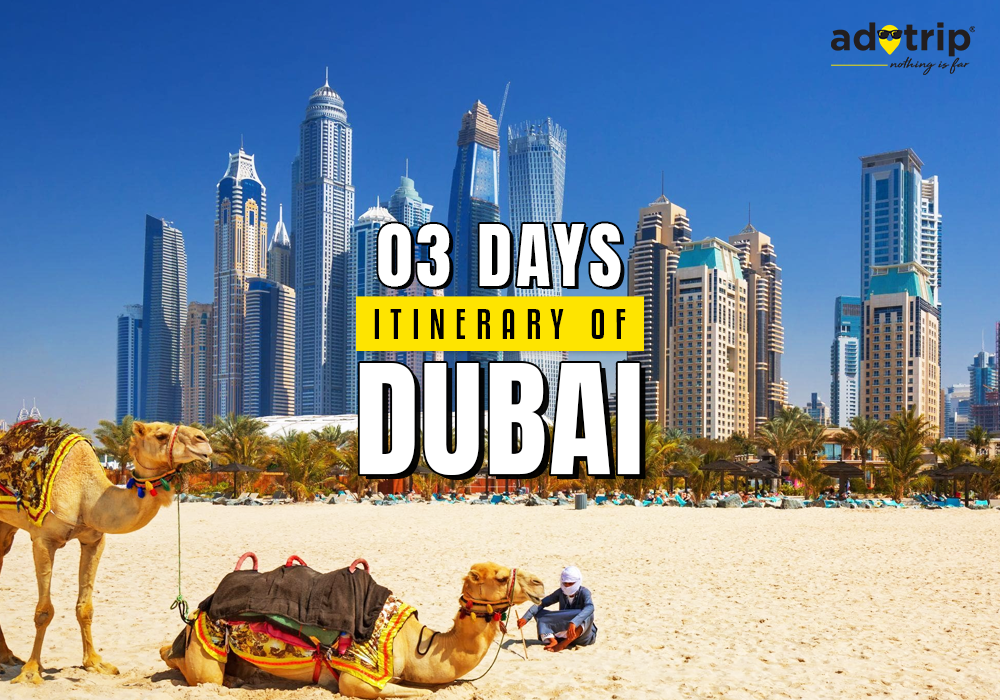
3 Days Itinerary of Dubai - Where to Go & What to Eat
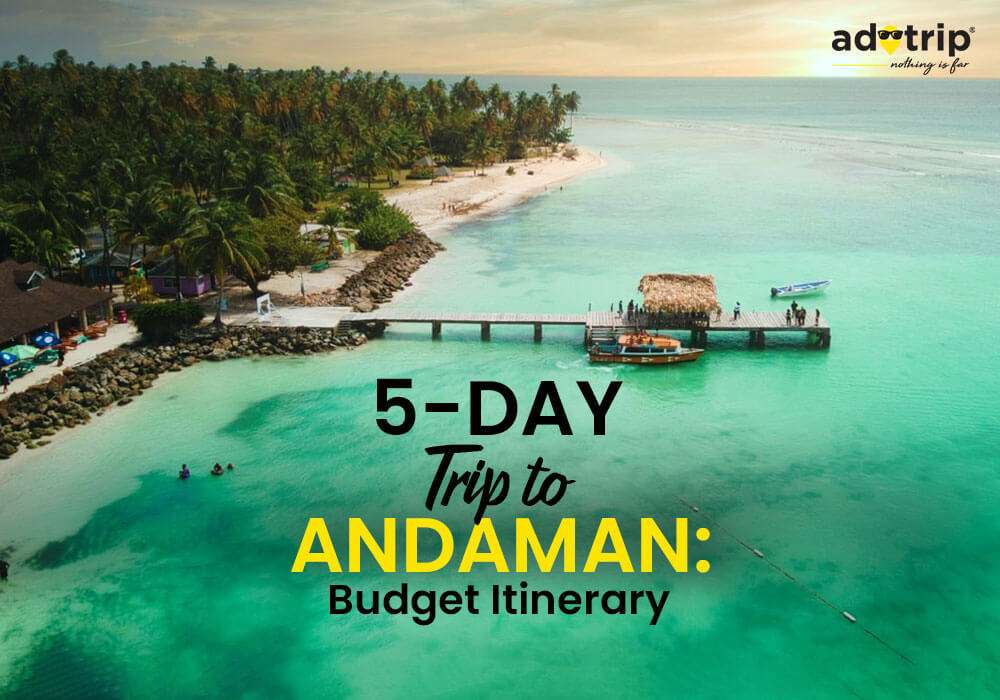
5 Days Itinerary of Andaman - Budget Itinerary 2025
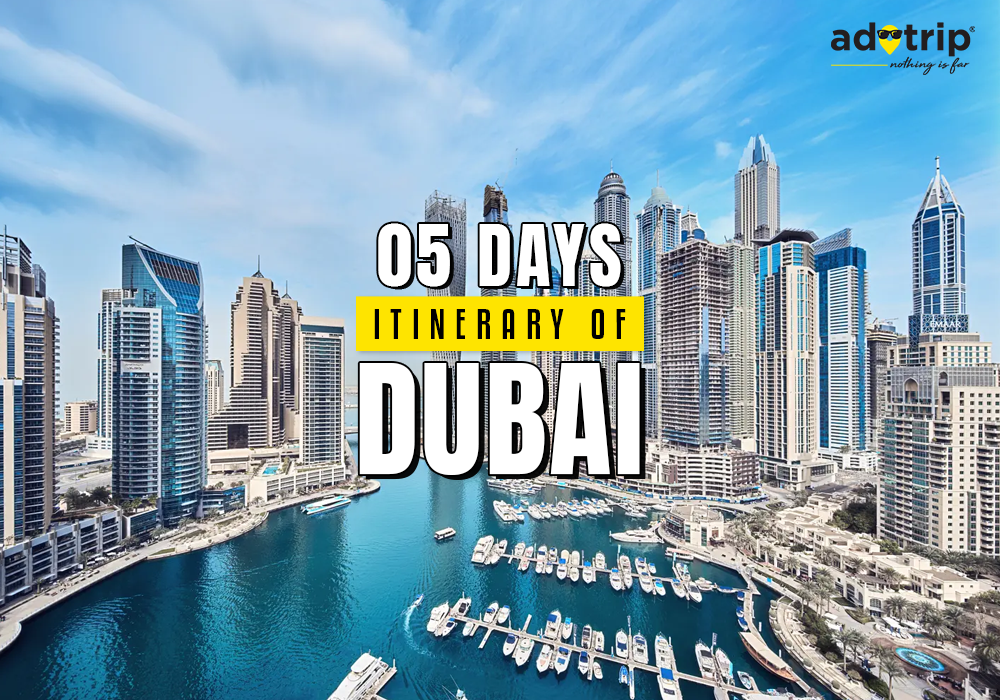
5 Days Itinerary of Dubai - Best Budget Friendly Itinerary
